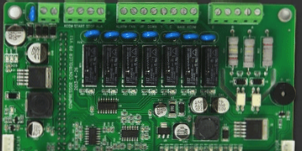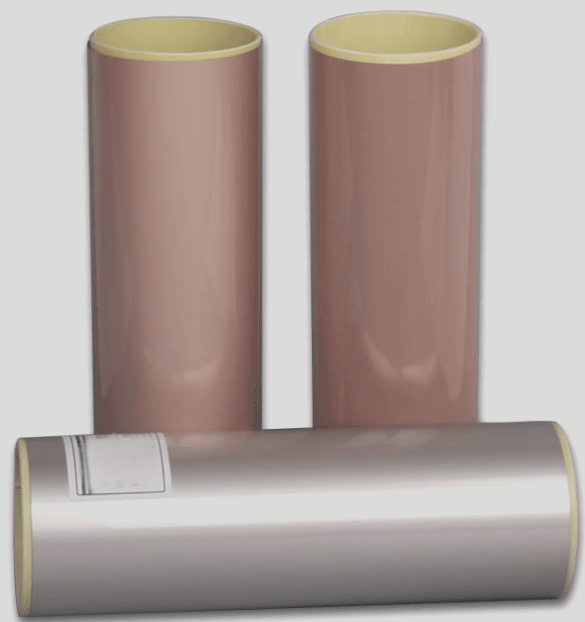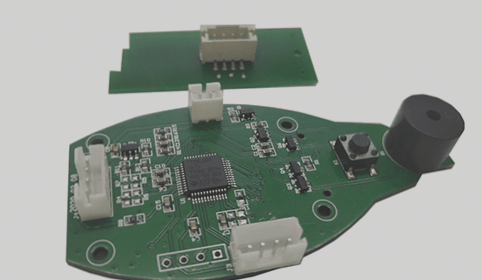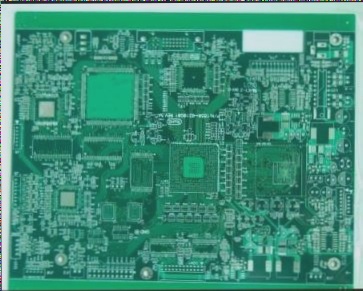Introduction
As the world increasingly prioritizes environmental sustainability, energy efficiency and power efficiency have become critical focuses. The LED industry, particularly in the PCB sector, has seen significant attention. LED products offer advantages such as energy efficiency, high performance, rapid response times, long lifespan, and eco-friendliness without mercury. However, a challenge lies in the fact that about 80% of the input power in high-power LED products is converted into heat rather than light.
LED Heat Dissipation Methods
Various methods are used for LED heat management, including dissipating heat through the air, extracting thermal energy from the circuit board system, exporting heat energy via gold wire, and transferring heat through via holes in eutectic and flip-chip processes.
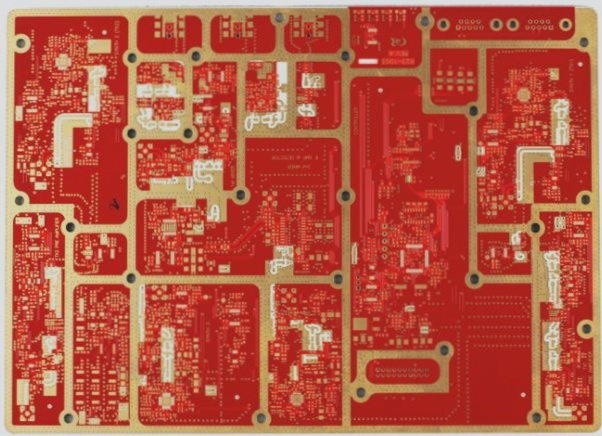
LED Heat Dissipation Substrate
The LED heat dissipation substrate relies on its material’s superior thermal conductivity to remove heat from the LED die. This substrate can be categorized into LED die substrate and system circuit board, both supporting the LED chip. Heat generated by the LED chip is dissipated through the LED chip to the substrate, then to the system circuit board, and finally absorbed by the environment for effective heat dissipation.
System PCB
The system circuit board acts as the LED heat dissipation mechanism, transferring heat to heat sinks, housing, or the environment. With advancements in PCB manufacturing, high thermal conductivity aluminum substrates (MCPCBs) have been developed to meet the heat dissipation demands of high-power LEDs. However, as LED power increases, efficient heat transfer from the LED die to the circuit board becomes a challenge.
LED Die Substrate
The LED die substrate facilitates heat transfer between the LED die and the system circuit board, connecting them through wire bonding, eutectic, or flip-chip processes. Ceramic substrates dominate the market, with thick-film, low-temperature co-fired, and thin-film ceramic substrates being common choices. Manufacturers are actively addressing heat dissipation challenges posed by gold wire connections in LED components to enhance overall efficiency.
Primary Solutions for PCB Heat Dissipation
- Identifying substrates with high heat dissipation coefficients is crucial for replacing aluminum oxide on PCBs.
- Silicon, silicon carbide, anodized aluminum, and aluminum nitride substrates are viable options.
- Aluminum nitride stands out as the most mature and widely accepted heat dissipation substrate.
Advancements in Aluminum Substrates
Recent progress in aluminum substrates has significantly enhanced the heat dissipation capabilities of system circuit boards, leading to the innovation of flexible PCBs.
Introduction to LED Ceramic Heat Dissipation Substrates
1. Thick Film Ceramic Substrate
- Manufactured using screen printing technology, thick film ceramic substrates face challenges such as rough lines and misalignment.
- For high-power LED products with intricate circuits, the accuracy of thick-film ceramic substrates may be insufficient.
2. Low-Temperature Co-Fired Multilayer Ceramics
- Utilizing ceramics as the substrate material, low-temperature co-fired multilayer ceramics offer improved alignment precision.
- However, challenges such as alignment errors and shrinkage ratios during lamination and sintering need to be carefully managed.
Development Trends in LED Products by International PCB Manufacturers
Leading packaging manufacturers are focusing on effective heat dissipation in LED products, making ceramic heat dissipation substrates essential for high-power, compact LED products. Check Table 2 for a summary of the latest LED product developments.

